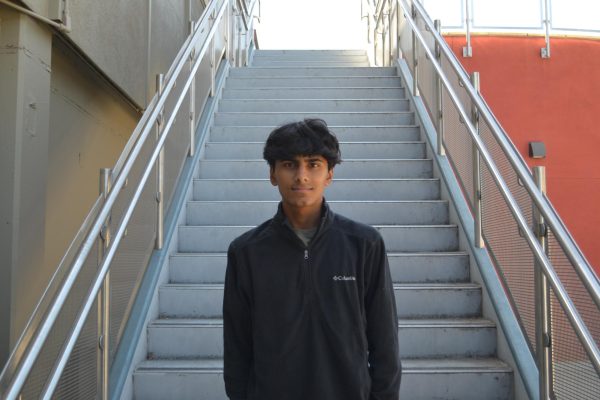Technology is reshaping the landscape of healthcare, offering new solutions and possibilities faster than ever before with advancements in Artificial Intelligence and Virtual Reality.
Apple’s Vision Pro, a virtual reality headset, alongside software applications like MyMako and Cyrano Health, have immense potential to transform surgical planning and medical imaging. The Vision Pro was released to the public on Feb. 2, 2024, and has a great capacity to transform healthcare by creating a fake reality where professionals can learn, manipulate, and explore human anatomy to better understand existing issues.
Since its launch, developers have been working on applications to harness the power of virtual reality.
In addition, Technology Corporation Stryker is currently working on MyMako, an app that enables surgeons to visualize operations that are carried out with the help of a surgical robot. The app provides a 3D image of the problem area, such as a section of a ligament, and allows surgeons to manipulate the screen to view the scan from multiple different angles.
Another app gaining popularity is Cyrano Health, which creates a virtual space where nurses can familiarize themselves with medical equipment. In the healthcare industry, with frequent advancements in equipment, traditional training may leave nurses with theoretical knowledge of a tool’s usage, but they may lack the skills needed to use it in the field. Cyrano Health provides a way for them to gain the experience needed in a low-cost, low-risk space with virtual reality.
Said Boston Children’s chief innovation officer, John Brownstein, “CyranoHealth utilizes spatial computing to revolutionize the training of healthcare professionals, offering immersive, lifelike simulations to enhance learning and combat burnout. The app represents a significant leap forward in healthcare training, blending technology and medicine to create a future-ready workforce.”
Solutions for voice disorders are being revolutionized as well. A team of UCLA engineers have created an AI-assisted patch that detects and converts signals generated by muscle movements into electrical signals. These signals are then translated into speech using a machine-learning algorithm. With a model accuracy of 94.68%, this technology shows incredible potential for the future of voice disorder solutions.
Overall, advancements in virtual reality and artificial intelligence are creating solutions for healthcare problems at an unprecedented rate, leaving us to wonder what more is to come.









